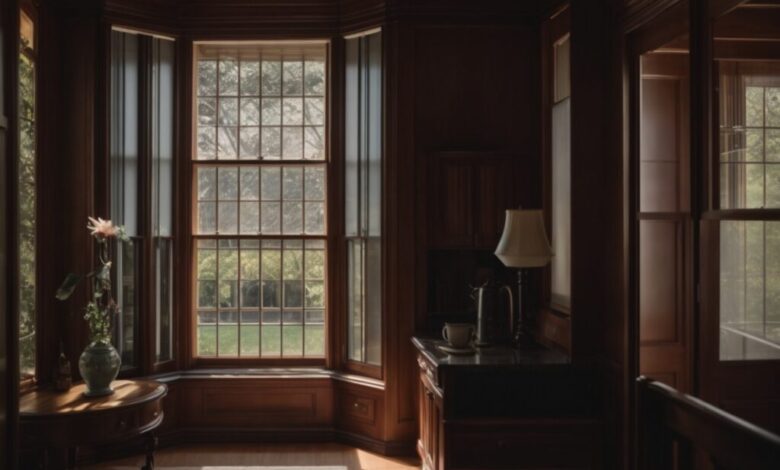Exploring Different Types of Window Films for Enhanced Privacy and Aesthetics

Choosing the right window film for home privacy can transform your living space in surprising and beneficial ways. Beyond the obvious benefit of increased privacy, window films can enhance aesthetics, reduce glare, provide UV protection, and even increase energy efficiency. In this blog post, we will explore the various types of window films available and how they can improve your home environment.
The Need for Window Films
Modern homes often have large windows to allow natural light to permeate indoor spaces. While this creates a bright and welcoming atmosphere, it can also compromise privacy. Traditional window coverings like curtains and blinds can be aesthetically unappealing and interfere with the natural light flow. Window films offer a sophisticated alternative that addresses privacy concerns without sacrificing style or light.
Types of Window Films
Frosted Window Films
Frosted window films are a popular choice for achieving privacy while allowing light to pass through. The frosted look provides a translucent barrier that obscures views from both sides, making it ideal for bathrooms, bedrooms, and street-facing windows. Additionally, frosted films come in various designs and patterns, adding an element of decor to plain windows.
One-Way Mirror Films
One-way mirror window films, often called reflective or mirrored films, are designed to create a mirror-like exterior during the daytime. This type of film allows occupants to see out while preventing outsiders from peeking in. It’s ideal for those who want to maintain a clear and unobstructed view without compromising on privacy. However, it is essential to note that the mirror effect is reversed during nighttime if the interior is brightly lit.
Decorative Window Films
Decorative window films are an excellent option for individuals looking to enhance their home’s aesthetics. These films come in a wide range of designs, including geometric patterns, stained glass effects, and custom graphics. In addition to providing moderate privacy, decorative films can serve as a dynamic visual feature, adding character to any room.
Blackout and Whiteout Films
For maximum privacy, blackout and whiteout films are unbeatable. Blackout films do exactly what the name suggests—they block out all light, making them perfect for rooms where darkness is required, such as home theatres or bedrooms. Whiteout films, on the other hand, allow some light to filter through but still prevent any visibility from either side.
UV and Solar Control Films
UV and solar control window films are specifically designed to filter out harmful UV rays and reduce heat gain, making them ideal for homes situated in sun-prone areas. These films help protect furnishings from fading and reduce cooling costs. While UV and solar films primarily focus on UV protection and temperature control, they also offer moderate privacy benefits.
Factors to Consider
When selecting a window film, there are several factors you should consider:
- Purpose: Determine what you primarily want to achieve—privacy, aesthetic enhancement, UV protection, or heat reduction.
- Visibility: Consider how much visibility you are willing to sacrifice. Some films offer high privacy but reduce visibility, while others maintain clarity.
- Design: Think about the design and how it will fit into your existing decor.
- Installation: Decide whether you will be installing the film yourself or hiring a professional. Some films are easier to apply than others.
- Budget: High-quality films may come at a premium, but they usually offer better durability and longevity.
Conclusion
Window films offer a versatile solution for enhancing both the privacy and aesthetics of your home. From frosted films to decorative designs, there are numerous options to suit different needs and preferences. By carefully considering the various types of window films available and your specific requirements, you can make an informed decision that adds value and beauty to your living space.
